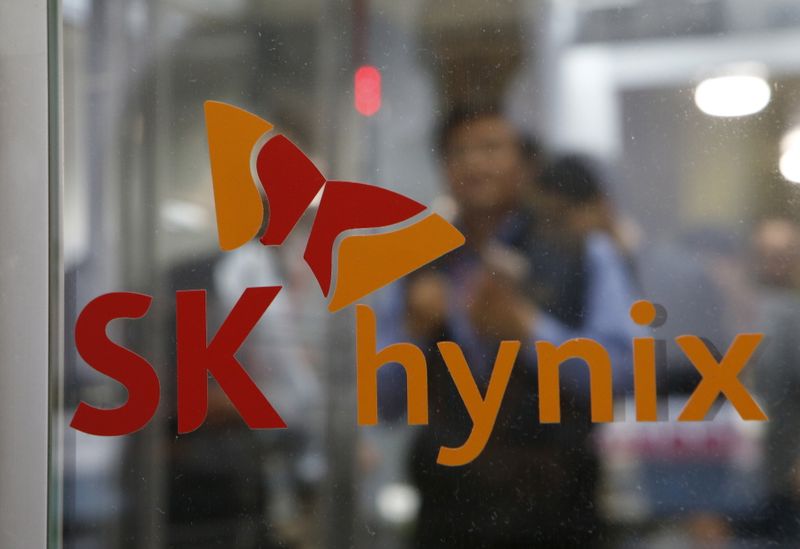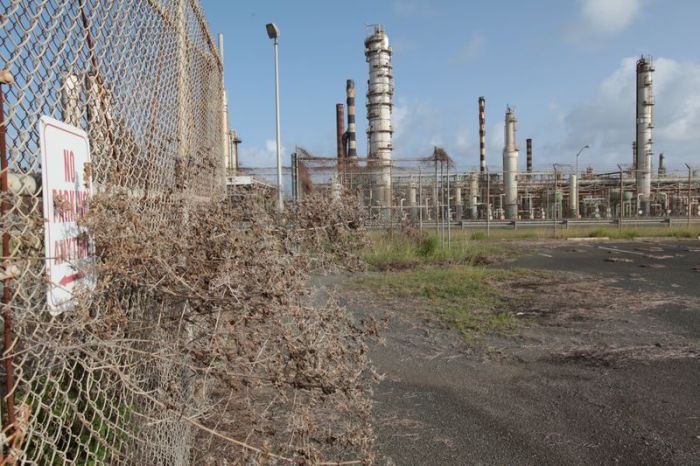SEOUL/SAN FRANCISCO (Reuters) – Intel Corp <INTC.O> has agreed to sell its NAND memory chip business to SK Hynix Inc <000660.KS> for $9 billion in an all-cash deal that would propel the South Korean chipmaker to second in the global rankings.
The move marks the latest effort by the U.S. chip giant to divest its non-core businesses, move away from the volatile commodity NAND chip industry and focus on its remaining Optane memory business, which is smaller but more lucrative because it taps more advanced technology.
It is the biggest acquisition to date for SK Hynix and follows its $3.7 billion investment in Japanese rival Kioxia in 2017, as the Korean firm tries to boost its capacity to build NAND chips – used to store data in smartphones and data centre servers – and beef up its pricing power.
The deal will help SK Hynix overtake Kioxia <6600.T> in the NAND memory market while narrowing the gap with market leader Samsung Electronics Co Ltd <005930.KS>.
SK Hynix shares jumped immediately after the news before valuation concerns saw them reverse gear to fall 2%, while the wider market <.KS11> was down 0.7%. Samsung Electronics gained 1%.
“Shareholders are negative about the deal because they believe the price is too expensive. It’s good news for other memory chipmakers, because the move would lead to industry consolidation,” said Lee Seung-woo, an analyst at Eugene Investment & Securities.
SK Hynix said Intel would sell all of its NAND business including its solid-state drive business, NAND component and wafer operation, and its factory in Dalian, China.
Intel would keep its advanced Optane memory technology, developed in partnership with Micron Technology Inc <MU.O>, which makes the Optane chips for Intel under a supply agreement.
The Intel division which includes its NAND and Optane businesses posted a fourth consecutive annual loss in 2019, although it swung to a profit in the first half of this year. SK Hynix has also posted losses in its NAND business.
TRADE WAR
Analysts said U.S-China tensions may have influenced Intel’s decision to sell its NAND flash memory factory in China. The moves comes a month after Kioxia cancelled a planned initial public offering amid market uncertainty.
Intel’s Dalian factory makes chips that compete in the cut-throat commodity memory business where prices cycle through booms and bust that can eat profits.
“This transaction will allow us to further prioritise our investments in differentiated technology,” Intel CEO Bob Swan said in a statement.
Swan has told investors he plans to divest non-core businesses. The company earlier sold its 5G modem business to Apple Inc <AAPL.O>.
SK Hynix said the companies aimed to obtain government approvals in late 2021, and close the deal in March 2025.
PANDEMIC-DRIVEN DEMAND
The Nand Flash industry grew in the April-to-June quarter thanks to robust demand for PCs and servers as the COVID-19 pandemic forces millions of people to work from home, according to market researcher Trendforce.
SK Hynix, which counts Apple and Huawei Technologies Co Ltd as customers, is a distant fourth in the NAND memory chip market, although it ranks second after Samsung Electronics in DRAM memory sales.
Samsung is the leader in the NAND flash market with a 31.4% share, followed by Kioxia with 17.2%, SK Hynix with 11.7%, and Intel and Micron <MU.O> with 11.5% each.
With the acquisition, SK Hynix, part of South Korean conglomerate SK Group, will have a market share of 23.2%.
“Although the competitive environment surrounding us is not easy, we have made a bold decision to pave the way for our leap toward securing a firm position in the NAND business as in DRAM,” SK Hynix President and CEO Lee Seok-hee said in a statement.
(Reporting by Hyunjoo Jin in SEOUL, Stephen Nellis in San Francisco; Additional reporting by Krystal Hu in New York, Ayanti Bera in Bengaluru, Joyce Lee in Seoul; Editing by Stephen Coates)
























